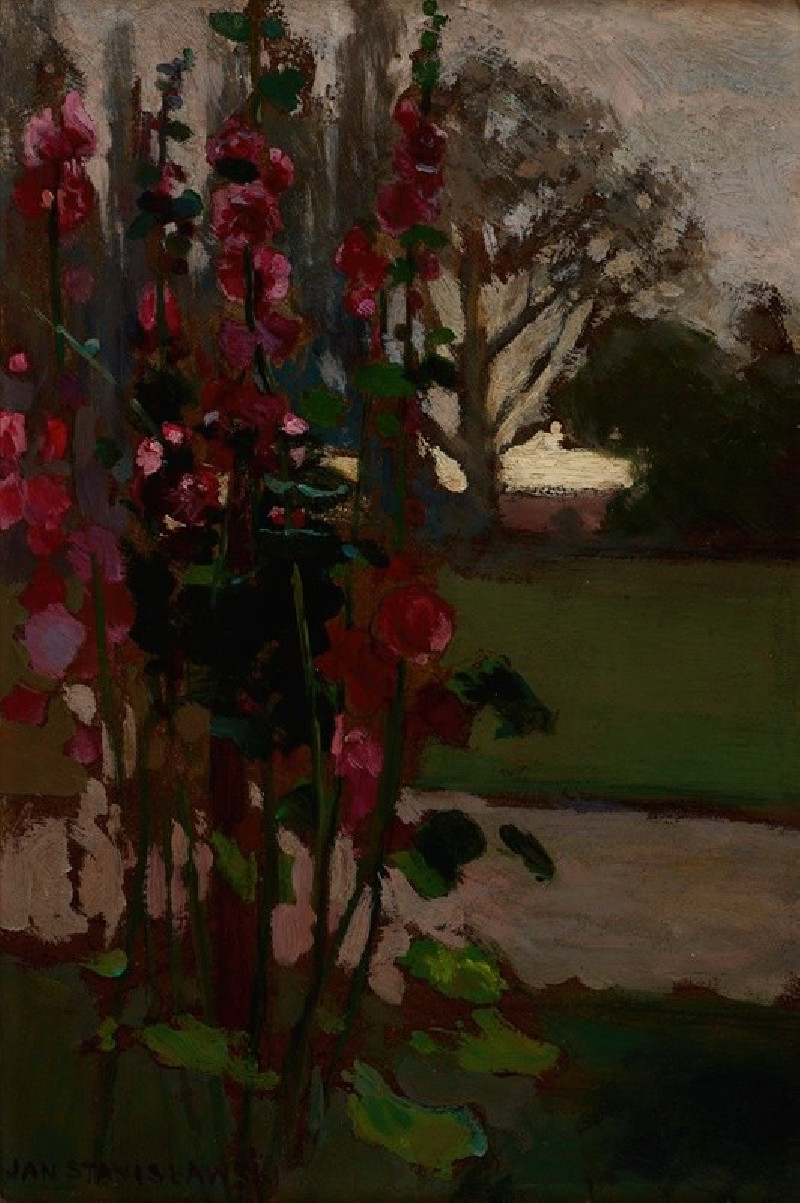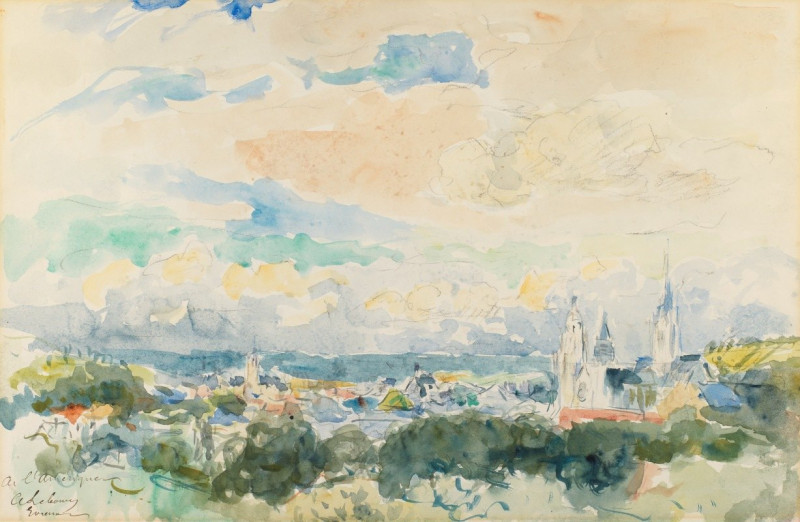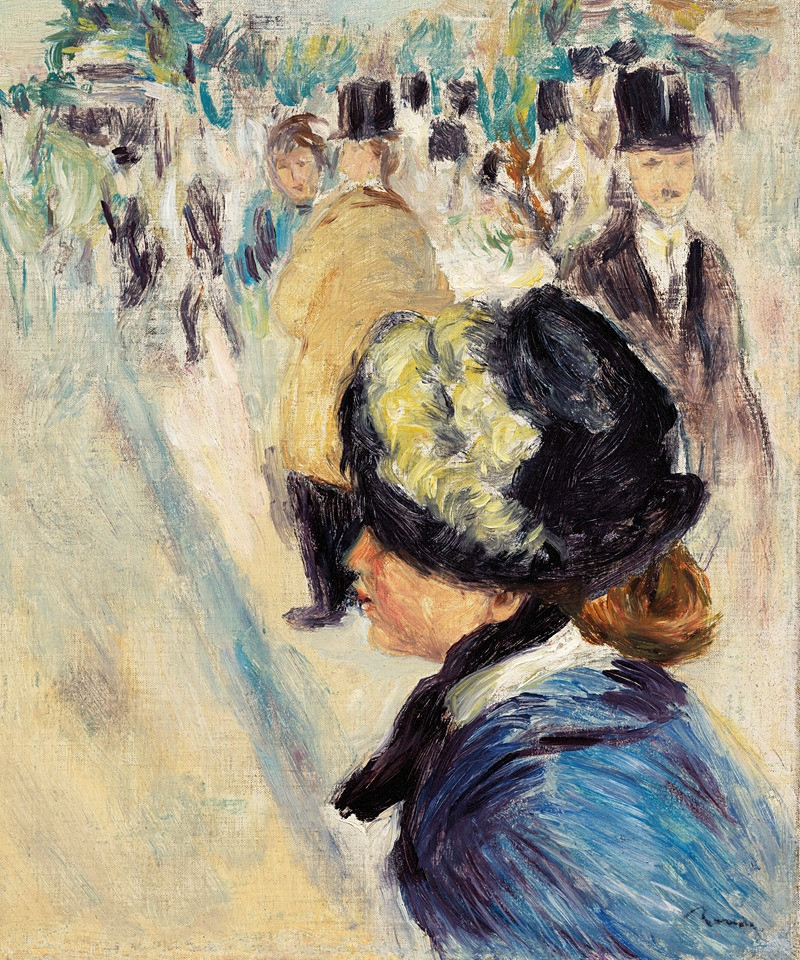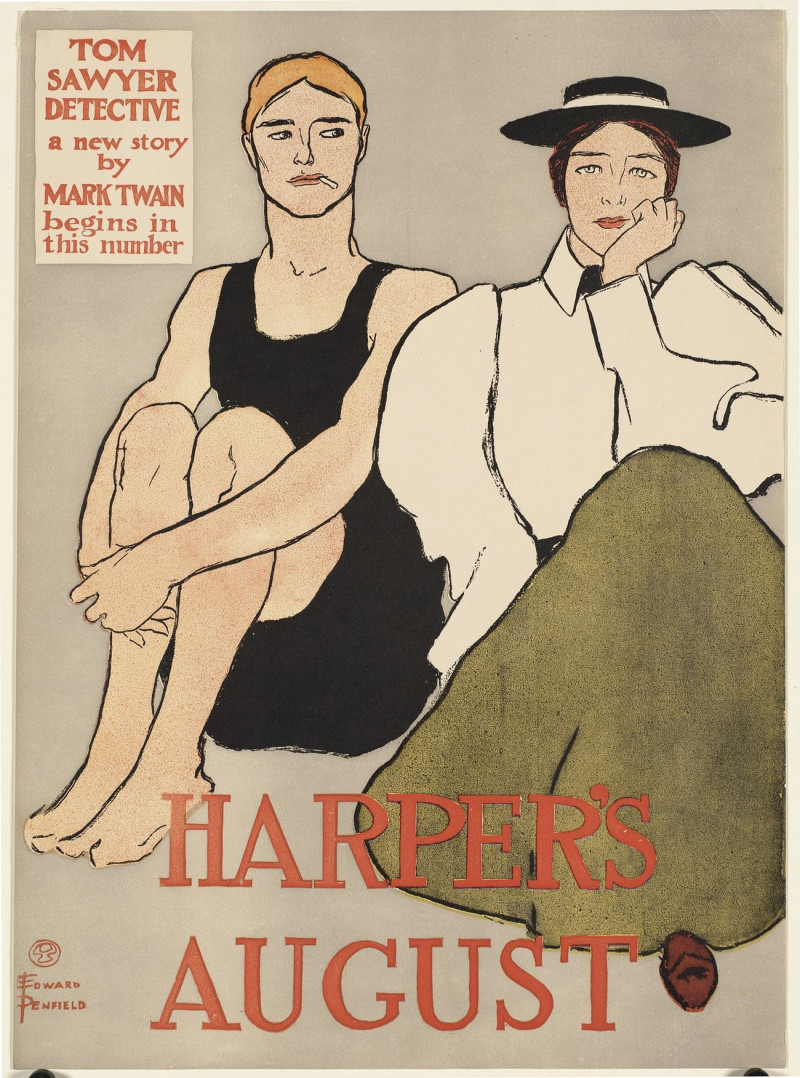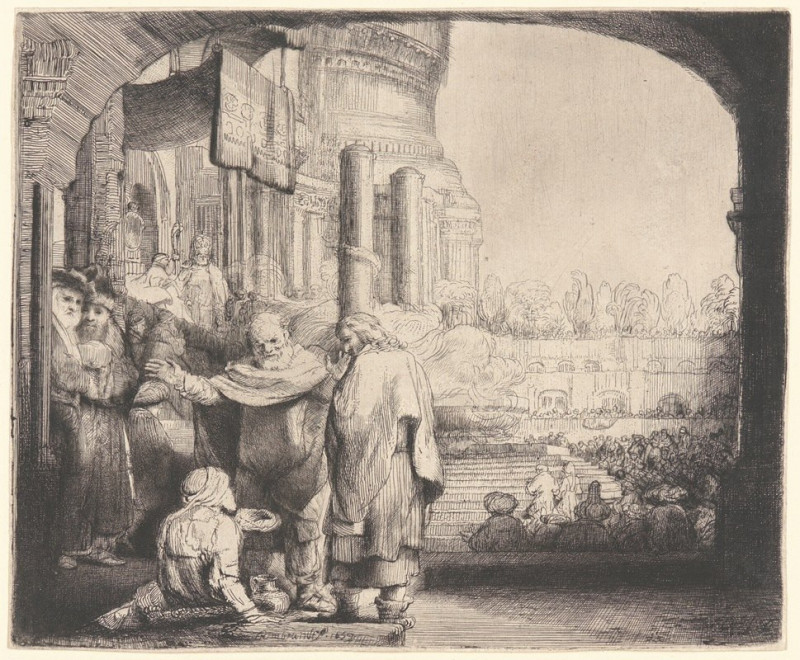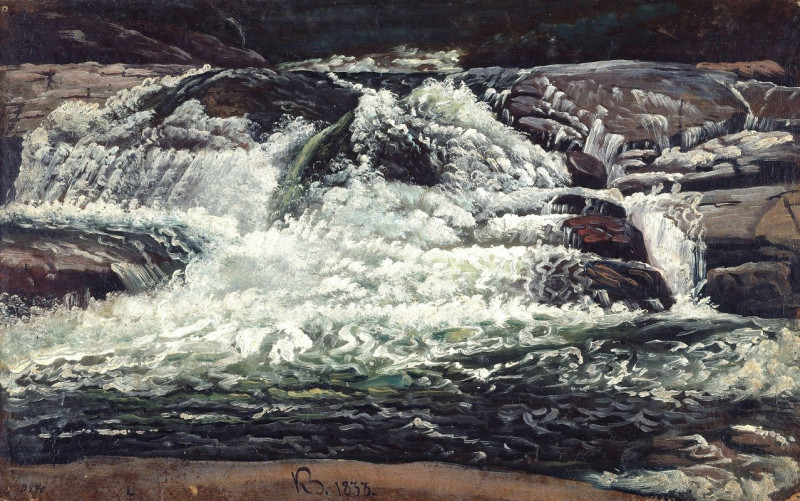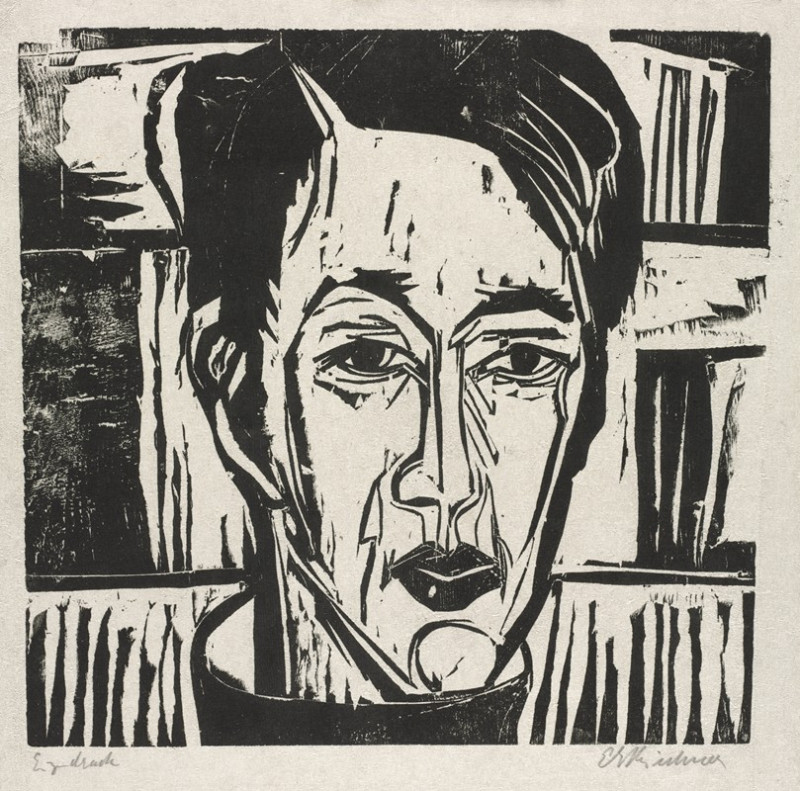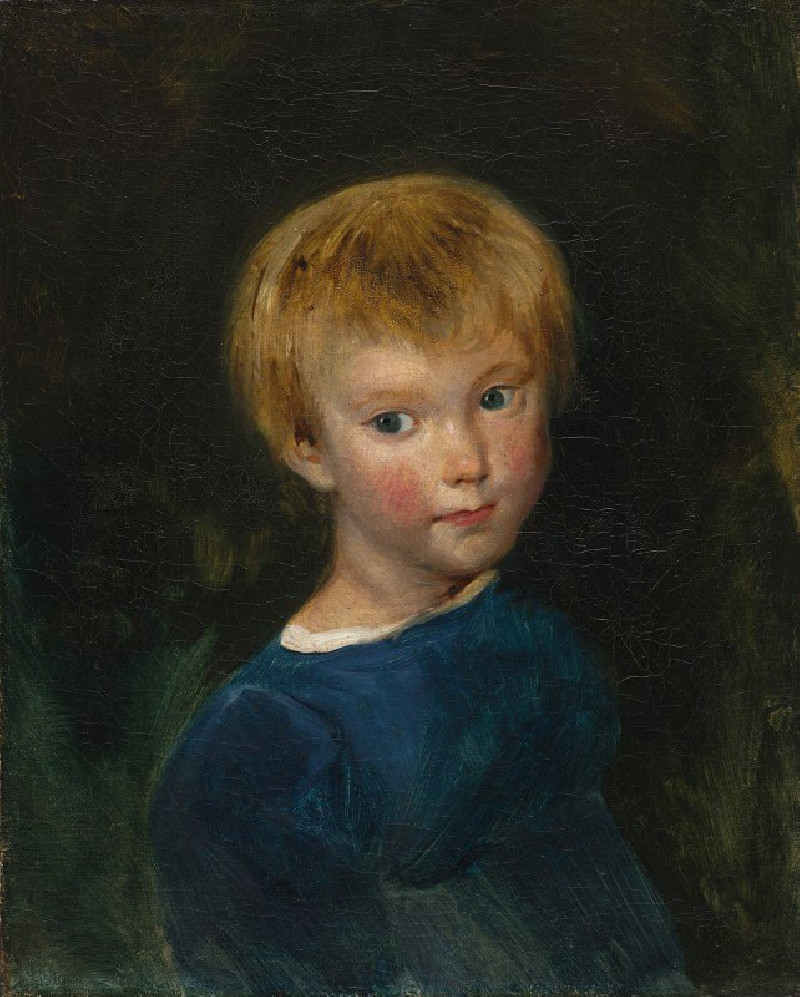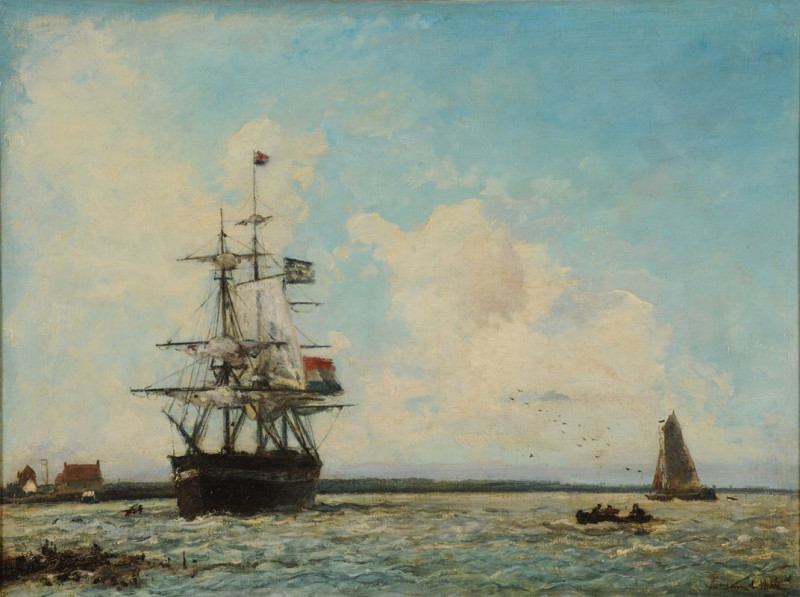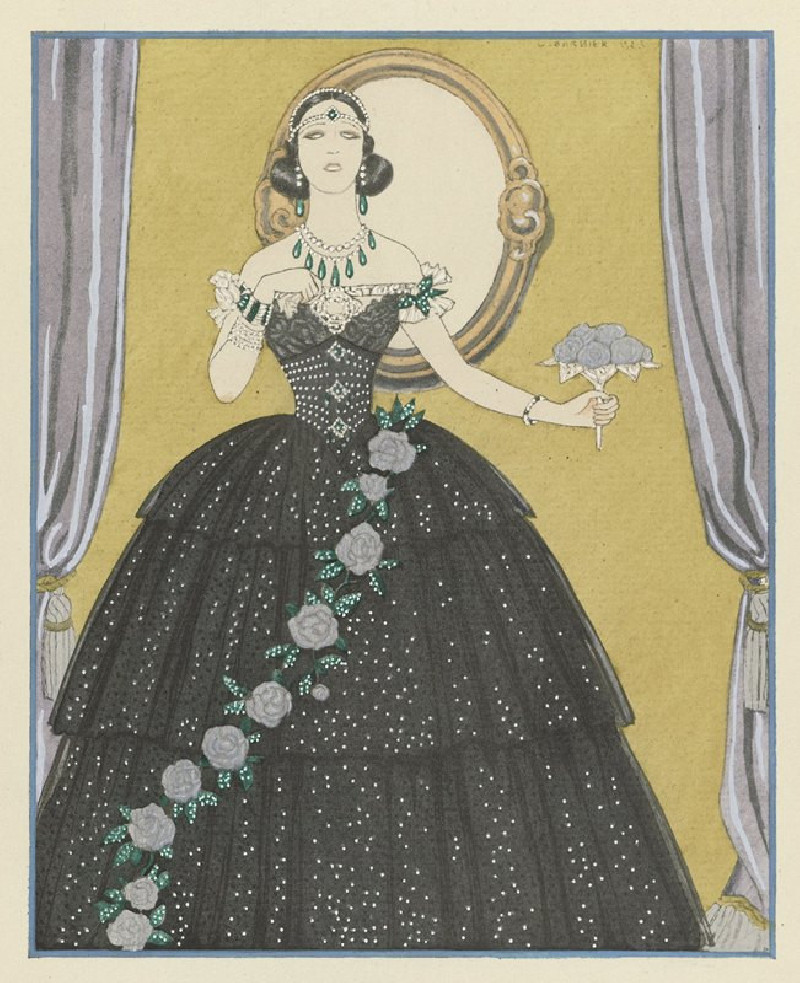Liegendes Mädchen (1909)
Technique: Giclée quality print
Recommended by our customers
More about this artwork
"Liegendes Mädchen" (1909) by Ernst Ludwig Kirchner is a compelling example of expressionist art, characterized by its vivid emotional depth and striking simplification of form. This painting captures a scene of a reclining girl, laid out in a pose that suggests relaxation and casual ease. Kirchner employs a minimalistic approach, using swift, loose lines and gentle color washes to create a sense of immediacy and intimacy.The work's sketch-like quality, with delicate strokes of pink, blue, and brown, evokes a feeling of impermanence and fragility, as if the scene is just a fleeting moment in time. Kirchner's use of space and color strategically draws attention to the figure of the girl, whose form is rendered with dynamic twists and turns, suggesting movement even in repose.Kirchner, a leading figure in the German Expressionist group Die Brücke, often explored themes of urbanity and modernity, contrasting them against the natural state and purity of the human form. "Liegendes Mädchen" stands out as a tender, rather personal portrayal, inviting viewers to ponder the tranquility of the subject amidst the broader themes of emotional expression and human experience.This painting not only exemplifies Kirchner's innovative techniques but also offers an evocative glimpse into the emotional landscape of early 20th-century expressionism.
Delivery
Returns
Ernst Ludwig Kirchner (1880–1938) was one of the most important German Expressionist painters. He was a co-founder of Die Brücke, a group of German expressionist artists formed in Dresden in 1905. Die Brücke and Kirchner took inspiration from Vincent Van Gogh and Edvard Munch, as well as African and Oceanic art. They used woodblock printing as a medium to showcase their signature style: flat, unrealistic images with vivid colors. The recurring themes in Kirchner's artworks included exotic cultures, faraway landscapes, self-portraits, dancers and Berlin street life. His paintings and prints effectively portrayed non-European cultures despite the fact that he never traveled outside of Europe.


































